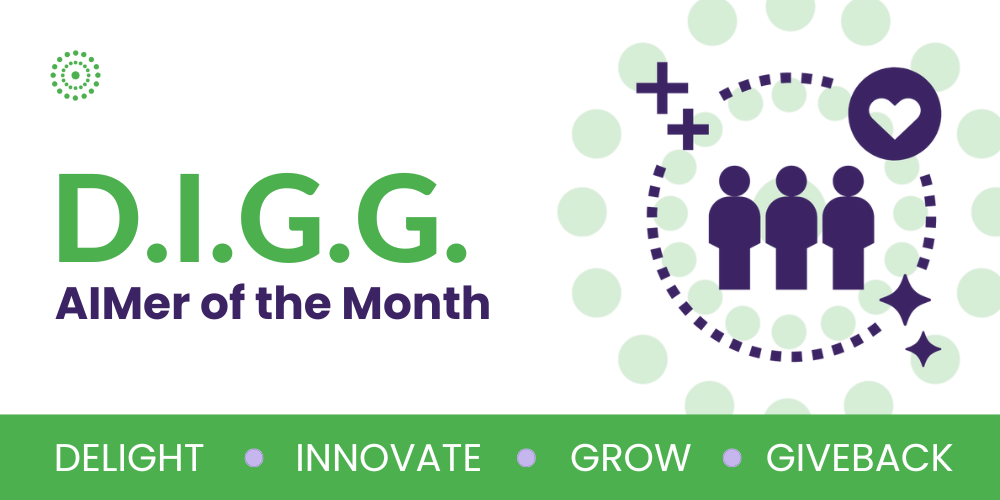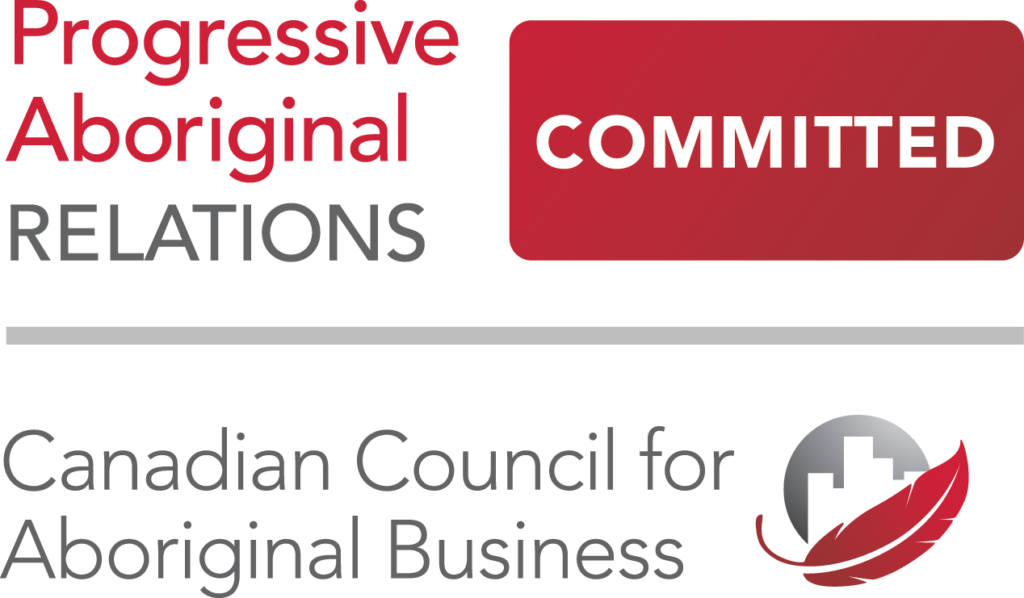Leveraging cashback and loyalty partners is one of the most powerful strategies for managing an affiliate program. These partnerships can help boost customer retention, enhance engagement, and build stronger customer loyalty. Let’s take a look at these partnerships and what the loyalty landscape looks like right now in Canada.
Loyalty Partnerships
With major loyalty players also boasting their own apps, brands can gain extra visibility through in-app pop-ups, create targeted offers via push notifications, and amplify their presence through social media. This expanded toolkit not only helps brands stand out but also drives deeper customer connections and positively influences ROI.
One of the key advantages of collaborating with loyalty partners in affiliate marketing is their ability to leverage additional inventory while offering flat-fee placements. These partnerships often start with CPA (Cost-Per-Acquisition) models, making them cost-effective from the outset. By utilizing customer data, loyalty partners can rapidly optimize their strategies and remain flexible, ensuring efficient use of marketing budgets. This approach not only saves costs but also provides valuable insights that can inform decision-making across various marketing channels, enhancing the overall effectiveness of marketing campaigns.
Loyalty Partners in Canada
What Does it Mean?
These partnerships are beneficial for all players. From the consumer’s perspective, their online shopping experience becomes much smoother. Depending on the reward structure, customers may have the opportunity to combine or increase rewards, which can positively impact their spending behavior. Loyalty platforms gain access to a larger pool of new customers, while banks leverage the platforms’ technological expertise and marketing capabilities to enhance their programs.
However, such a unique situation assumes opportunities and challenges for traditional affiliate programs. With solid backing from the largest banks, there is little wonder that the demand for CLO (Card-Linked Offers) is growing there unlike anywhere else in the market. CLO has been around for some time, but they’ve only recently started making significant inroads into the affiliate marketing channel. Originally, integrating CLO partnerships into affiliate performance tracking was difficult, primarily due to challenges in internal tracking and concerns about attribution. However, as loyalty programs and technology consolidate—thanks to advancements like payment wallets and app-based purchases—the landscape is evolving. This consolidation is helping streamline the tracking and integration of CLOs within affiliate programs, opening up new opportunities for affiliates.
Conclusion
Loyalty programs have evolved well beyond simple cashback offers, now offering advanced tools to enhance affiliate programs. In Canada, the loyalty sector is growing, fueled by a rising population and a recovering economy. This suggests that loyalty programs will continue to gain momentum. The distinctive feature of Canada’s loyalty landscape—programs owned by national banks—presents both intriguing opportunities and challenges for integrating card-linked offers (CLOs) into traditional affiliate channels. As we advocate for a more integrated approach in affiliate marketing, Canada’s unique loyalty environment could provide a perfect opportunity to experiment with new, integrated strategies.
Learn more about the Canadian landscape as a whole and who the top loyalty partners are our in-depth eBook—Navigating the Canadian Affiliate Landscape. You can also reach out to a Canadian expert at AIM for more information and guidance with affiliate marketing in Canada.













